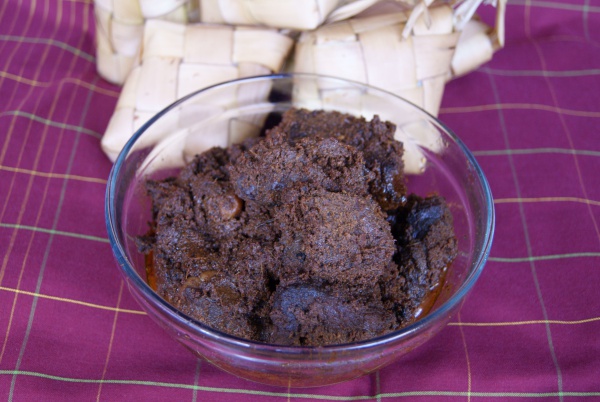Facts About Rendang
Rendang is a cherished dish from Indonesia, originating in the Minangkabau region of West Sumatra. This savory delight features slow-cooked and braised meat, typically beef, simmered in a rich concoction of coconut milk and a complex blend of spices until the meat becomes exquisitely tender and caramelized, bursting with profound, intricate flavors. Rendang is more than just a meal; it is a cultural emblem in Indonesian and Malay societies, often adorning tables during ceremonial events and festive celebrations.
The allure of rendang is found in its cooking technique. The meat is patiently slow-cooked in coconut milk and an array of spices, which culminates in a dish that is rich, aromatic, and thoroughly satisfying. The term "rendang" actually refers to this meticulous slow-cooking method, rather than a specific recipe. Traditionally, rendang is savored with rice or accompanied by a variety of side dishes.
Apart from its delectable taste, rendang holds a prominent place in Minangkabau culture, symbolizing the importance of dialogue and consultation with elders. Over time, this quintessential dish has transcended Indonesia's borders, becoming a part of the culinary traditions of neighboring countries such as Malaysia, Singapore, and the Philippines. Each region offers its own interpretation of rendang, incorporating different types of meat or even crafting vegetarian versions.
In countries like Malaysia, Singapore, Brunei, Thailand, and the Philippines, rendang has been embraced and adapted, leading to the emergence of local variants and distinct cooking styles. The dish's widespread popularity has also sparked the creation of fusion rendang dishes, which blend Indonesian flavors with other culinary traditions. Today, rendang can be found as a popular flavor in instant noodles and as a creative ingredient in various fusion dishes.

 Malaysia
Malaysia